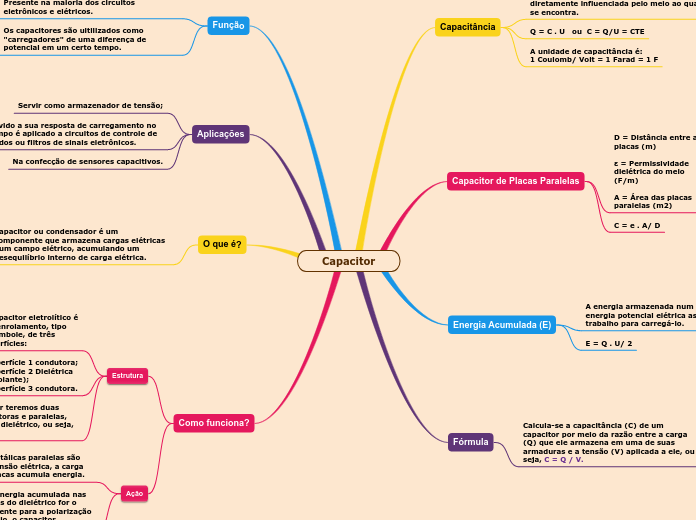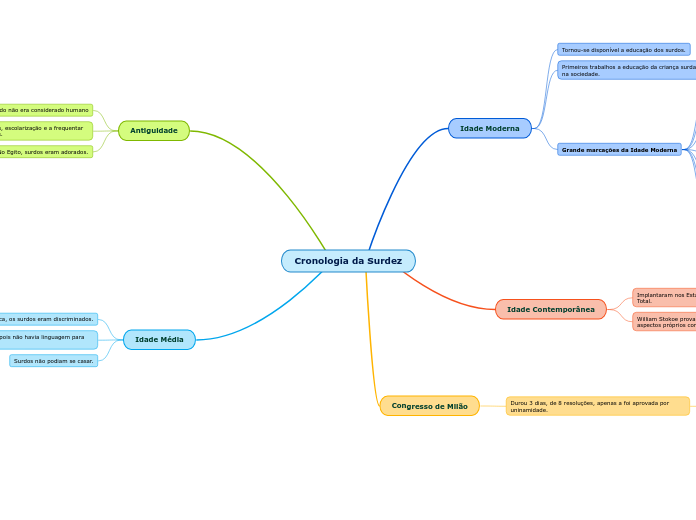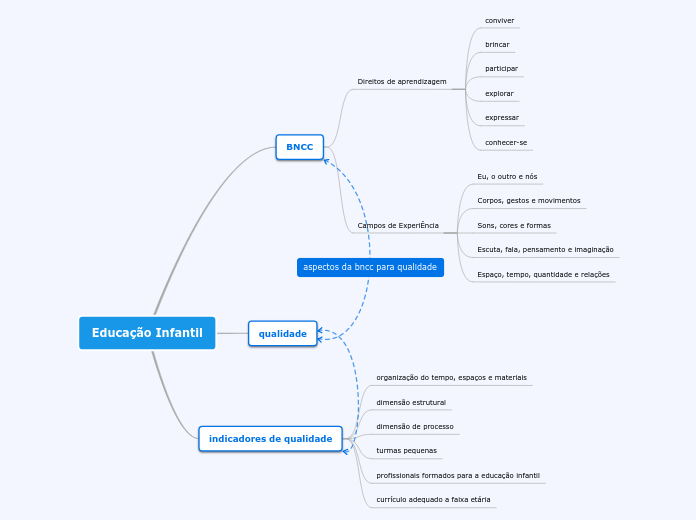Capacitor
Type in the name of the book you have read.
Como funciona?
Type the main events of the book, classifying them in: events from the beginning, events from the middle, and events from the end of the book.
Describe the story visually. Add a representative picture for each of them.
Ação
Se a energia acumulada nas
cargas do dielétrico for o
suficiente para a polarização
do meio, o capacitor
conduzirá e se descarregará.
Quando as placas metálicas paralelas são submetidas a uma tensão elétrica, a carga
na vizinhança das placas acumula energia.
Type the main events from the middle.
Add a representative picture for each of them.
Estrutura
Desenrolando o capacitor teremos duas placas (camadas) condutoras e paralelas, recheadas com um meio dielétrico, ou seja, isolante.
Superfície 1 condutora;
Superfície 2 Dielétrica
(Isolante);
Superfície 3 condutora.
O capacitor eletrolítico é
um enrolamento, tipo
rocambole, de três
superfícies:
Type the main events from the beginning.
Add a representative picture for each of them.
O que é?
In contrast to the main idea, the theme is the message, lesson or moral of the book.
Some tips to find out the theme of the book easier:
- Try to find it while you are reading. It may be stated or implied.
- Think about how the characters reacted to obstacles.
- Think about the important decisions that the characters made.
- Think about the characters growing or changing throughout the book.
Capacitor ou condensador é um componente que armazena cargas elétricas num campo elétrico, acumulando um desequilíbrio interno de carga elétrica.
Aplicações
Na confecção de sensores capacitivos.
Devido a sua resposta de carregamento no tempo é aplicado a circuitos de controle de ruídos ou filtros de sinais eletrônicos.
Servir como armazenador de tensão;
Take notes while you read the book. Write here your favorite quotes from the book.
Função
Take notes while you read the book. Type here the resources, books, or websites that the author mentioned and you want to check out later.
Os capacitores são ultilizados como "carregadores" de uma diferença de potencial em um certo tempo.
Presente na maioria dos circuitos eletrônicos e elétricos.
Fórmula
Calcula-se a capacitância (C) de um capacitor por meio da razão entre a carga (Q) que ele armazena em uma de suas armaduras e a tensão (V) aplicada a ele, ou seja, C = Q / V.
The main idea is what the book is mostly about.
Some tips to find out the main idea of a book easier:
- Read the title.
- Look for the text features.
- Figure out if you are reading a fiction or a non fiction book.
- Think about some examples that support this idea.
Energia Acumulada (E)
Type the names of the book characters. Start with the main character.
Draw arrows to represent the relationship between them and if it is possible write on them what they represent for each other (if they are relatives, friends, lovers, enemies etc.)
E = Q . U/ 2
A energia armazenada num capacitor é a energia potencial elétrica associada ao trabalho para carregá-lo.
Capacitor de Placas Paralelas
What is the reason why the author wrote the book?
C = e . A/ D
D = Distância entre as
placas (m)
ε = Permissividade
dielétrica do meio (F/m)
A = Área das placas
paralelas (m2)
O valor de εAr para o Ar é muito próximo para o vácuo,
sendo de:
εar ≈ ε0 = 8,9 pF/m ou 8,9 . 10-12 F/m
Para outros meios:
εmeio = kmeio . ε0
Capacitância
Who is the author of the book? Type in his/her name.
A unidade de capacitância é:
1 Coulomb/ Volt = 1 Farad = 1 F
Q = C . U ou C = Q/U = CTE
A Capacitância de um capacitor é
diretamente influenciada pelo meio ao qual
se encontra.









